Idea by
Malina
Call for ideas 2017
Architecture of Transfiguration
Architecture of Transfiguration
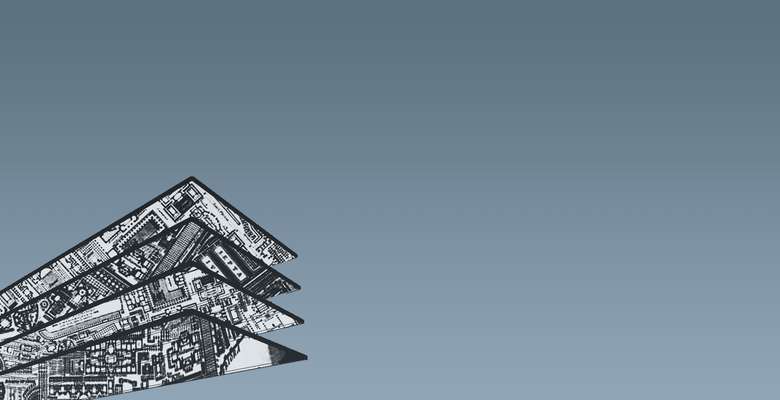
The Future of Architecture lies in the Transfiguration of the elements that already built our urban environment.
In front of the complexity of this territory in fact any addition result irrelevant as any attempt of a totalizing vision.
Transfigure the urban palimpsests means consider the elements that form our cities not as finished projects but as devices open to multiple actions and references.
This allow to the work of the previous generation to became the support for new gesture able to give new meaning at what has lost it, to express the complexity of materials and humans contents, to address the new issues of our time.
There is not one method to this end therefor here are propose a part of a broad series of practices that architects as well as the public should make their own. The images are presented as a conscious collage thinking and have to be consider as a conceptual tool for an architectural practice willing to interact with a broader audience.
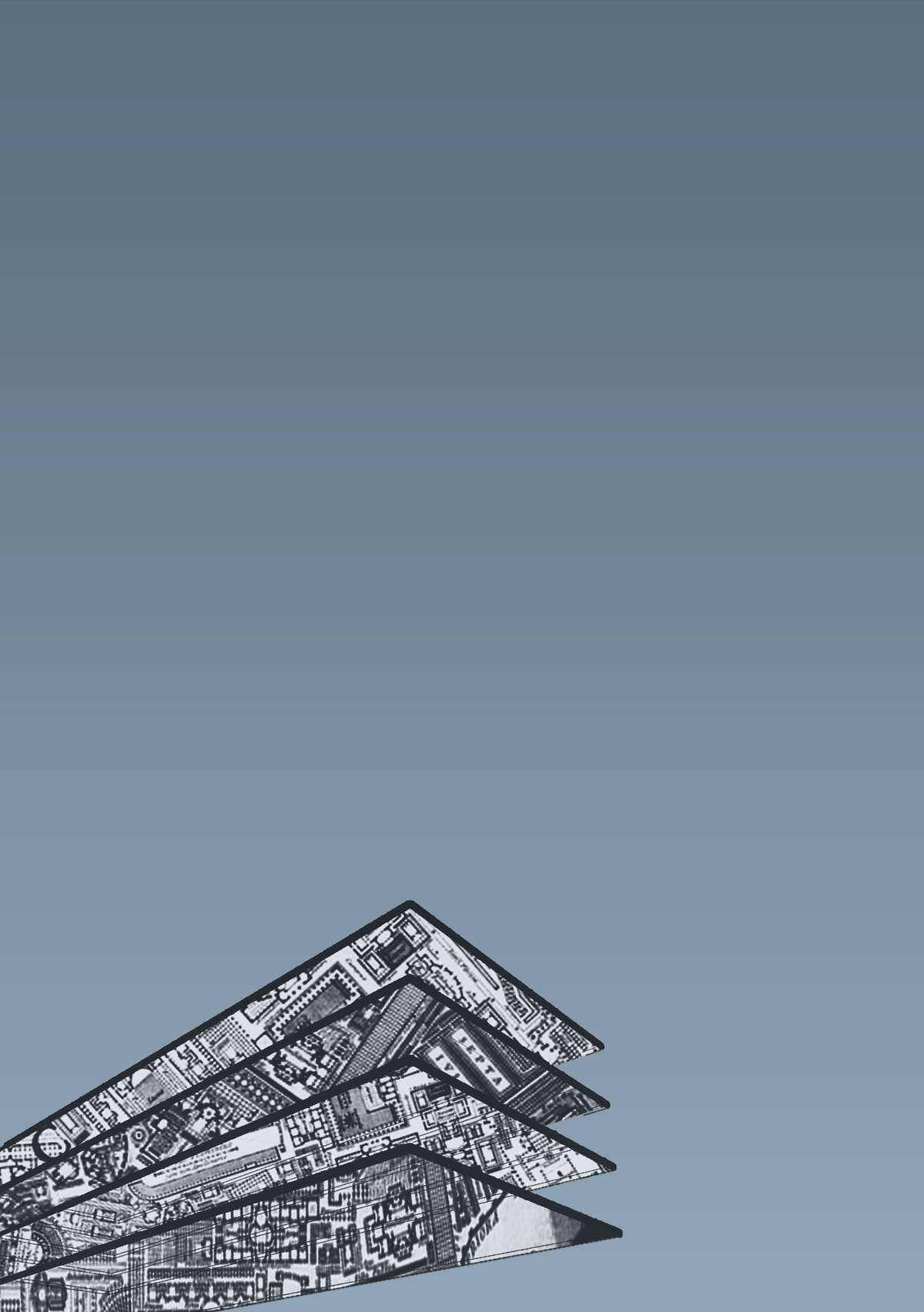
MINIMIZE
To fragment through single gestures, projects, messages.
To open new network between existing blocks.
To operate between residues, scraps, crevices.
To bring out small truth, spots of wonder, relative centers devoid of ostentation.
To identify the fragment as a unit in itself but connected to the other fragments.
To deconstruct the grand narratives.
To promote individual and malleable interventions rather than massive plans.
To produce major change through micro intervention.
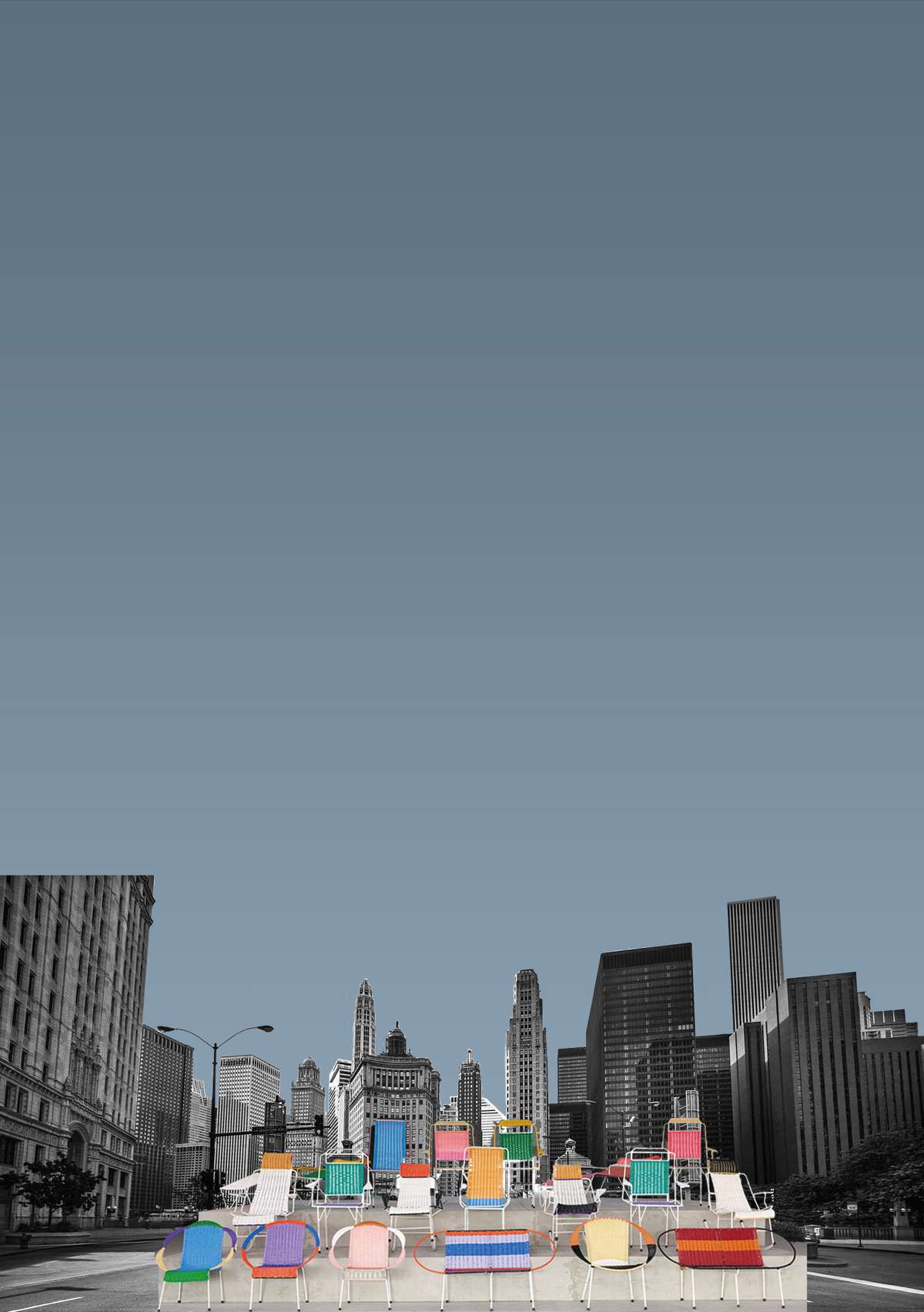
TAMED
To think to public space as an urban interior, a contiguous juxtaposition of room without a roof.
To made it cosy rather than commercial.
To experiment individual rhythms in collective configuration.
To pass from the boring and detached conformism to the beauty of the lost and found familiarity.
To give new meaning to the place through simple and familiar gesture.
To project between the choice and the chance.
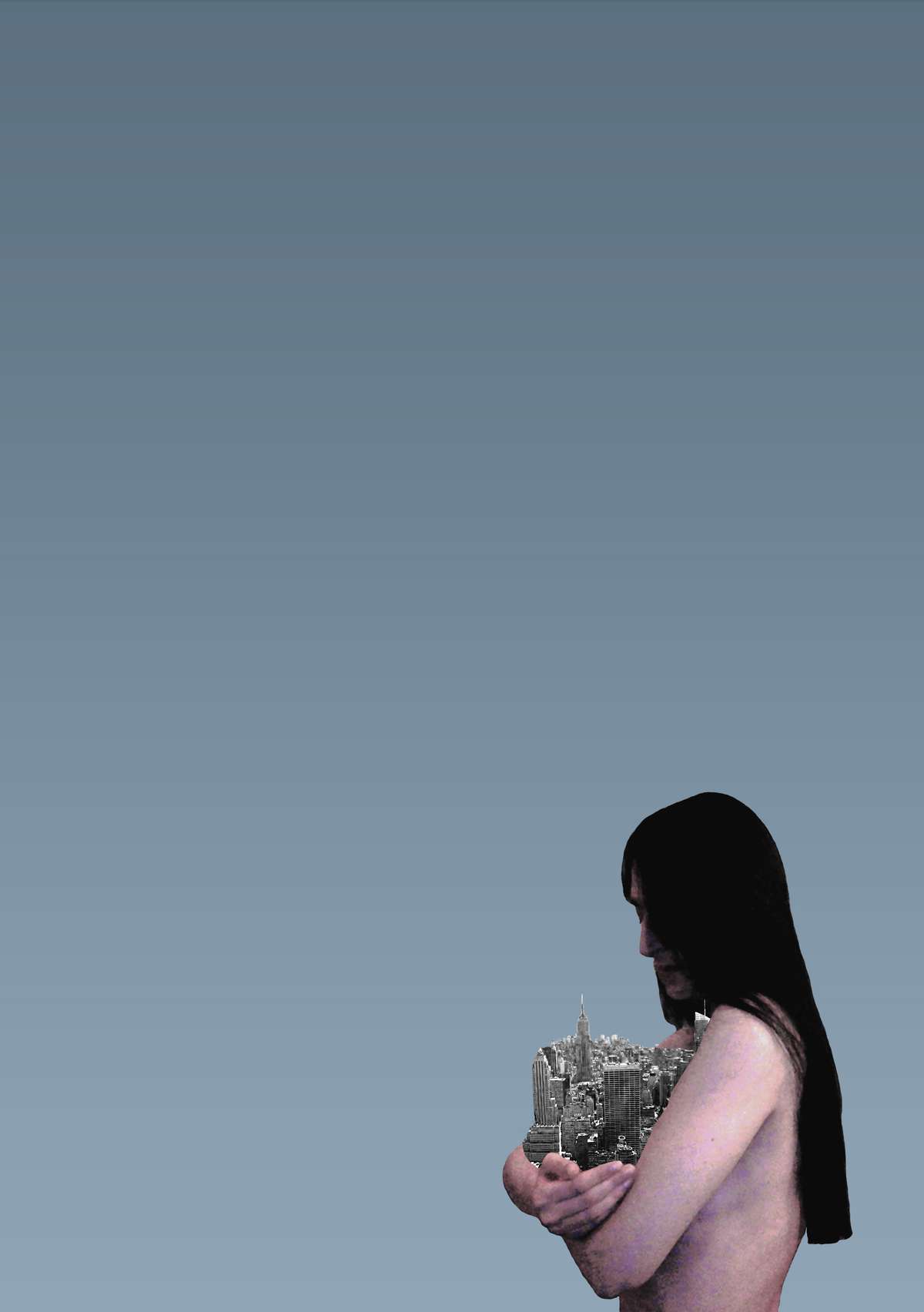
CARE
To embrace a theory of gratitude to the earth and of the earth.
To preserve customs, myths and legends, restoring the ancient relationship with the land.
To prevent the present to be an object without value, the future a dump of the present problems, the past a container in ruins.
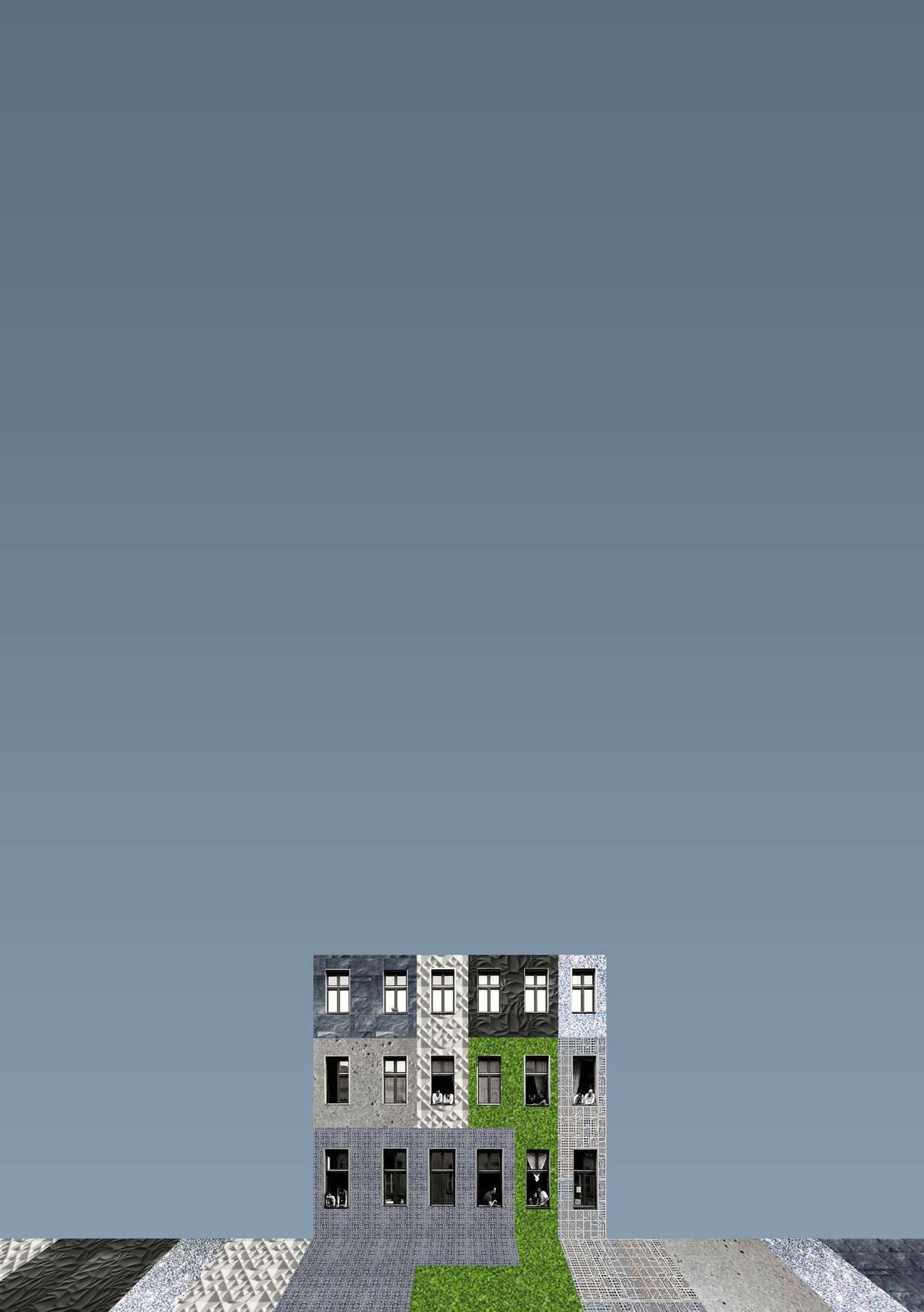
PERSONALIZE
To make a space personal but not private.
To consider the ornament not as a crime but as a mediator between objective science and subjective moral judgment.
To balance the individual will and collective sensitivity.
To communicate through architecture and not use it as a support for billboards.
To make the residents active and aware of the project and its meanings.
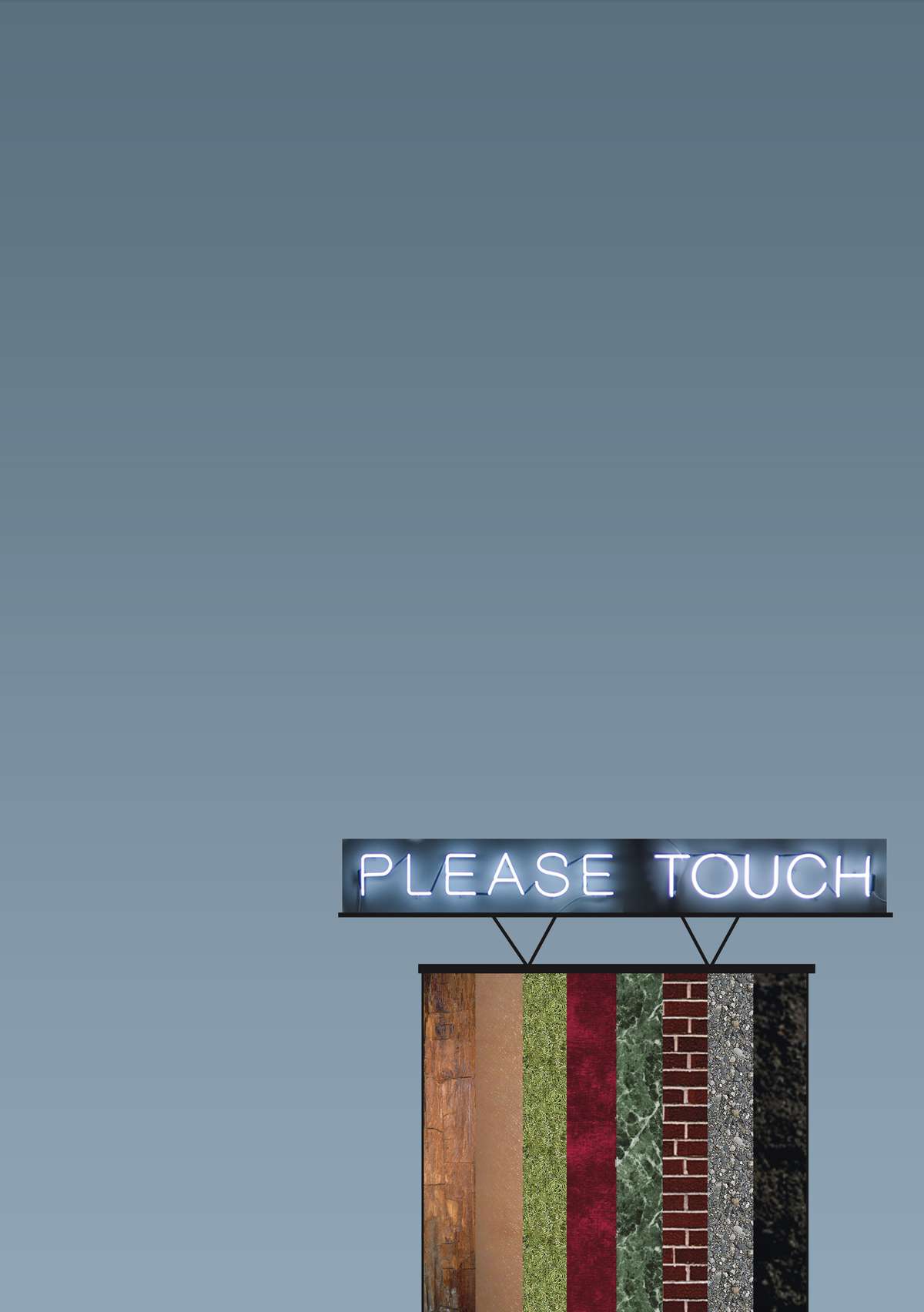
EXPERIENCE
To overcome the reduction of experience to a geometrical-functional matter or a principle were the important is to appear and not to be.
To rediscovery the environment not as a scenery to contemplate but to experience sensorially.
To set the human body to the center of the stage as a cognitive and material being immersed in the environment.
To embrace changes and overcome our physical and psychological limits.
To build spaces to accommodate actions rather than ban them.
Architecture of Transfiguration
Architecture of Transfiguration

The Future of Architecture lies in the Transfiguration of the elements that already built our urban environment.
In front of the complexity of this territory in fact any addition result irrelevant as any attempt of a totalizing vision.
Transfigure the urban palimpsests means consider the elements that form our cities not as finished projects but as devices open to multiple actions and references.
This allow to the work of the previous generation to became the support for new gesture able to give new meaning at what has lost it, to express the complexity of materials and humans contents, to address the new issues of our time.
There is not one method to this end therefor here are propose a part of a broad series of practices that architects as well as the public should make their own. The images are presented as a conscious collage thinking and have to be consider as a conceptual tool for an architectural practice willing to interact with a broader audience.
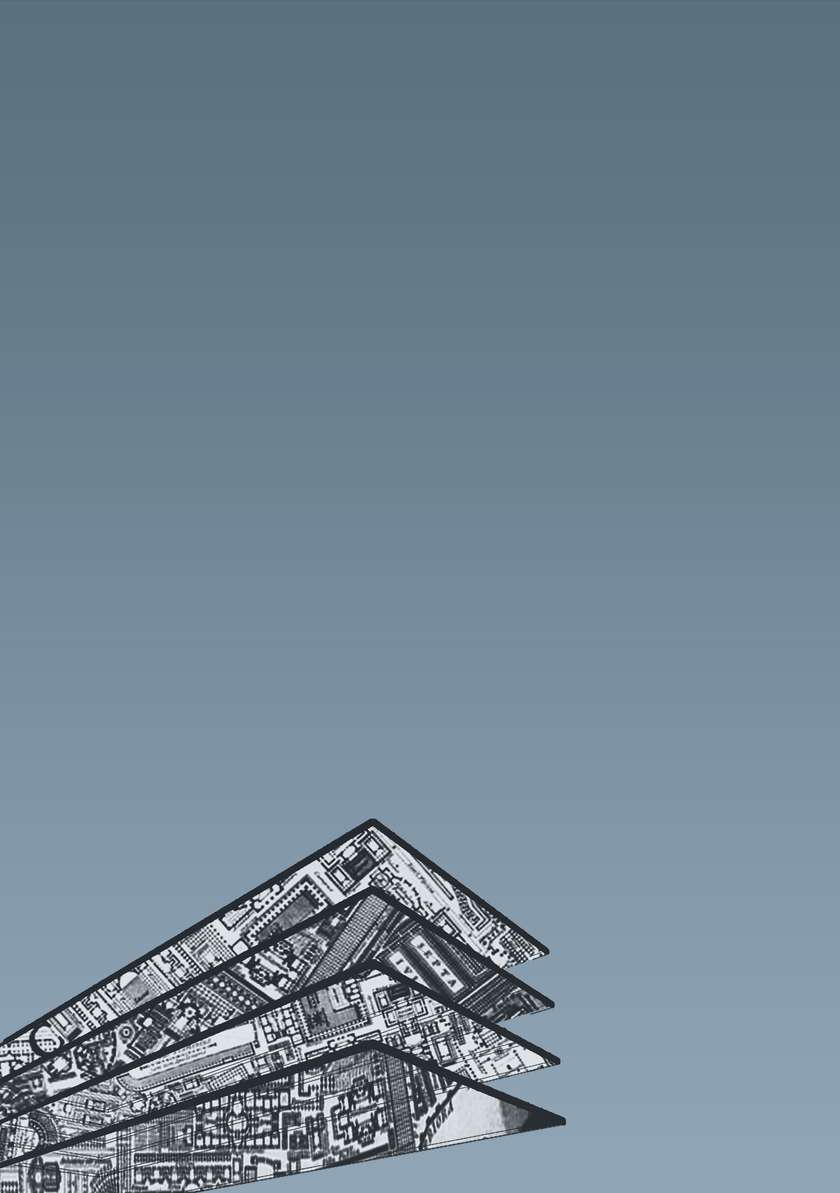
MINIMIZE
To fragment through single gestures, projects, messages.
To open new network between existing blocks.
To operate between residues, scraps, crevices.
To bring out small truth, spots of wonder, relative centers devoid of ostentation.
To identify the fragment as a unit in itself but connected to the other fragments.
To deconstruct the grand narratives.
To promote individual and malleable interventions rather than massive plans.
To produce major change through micro intervention.
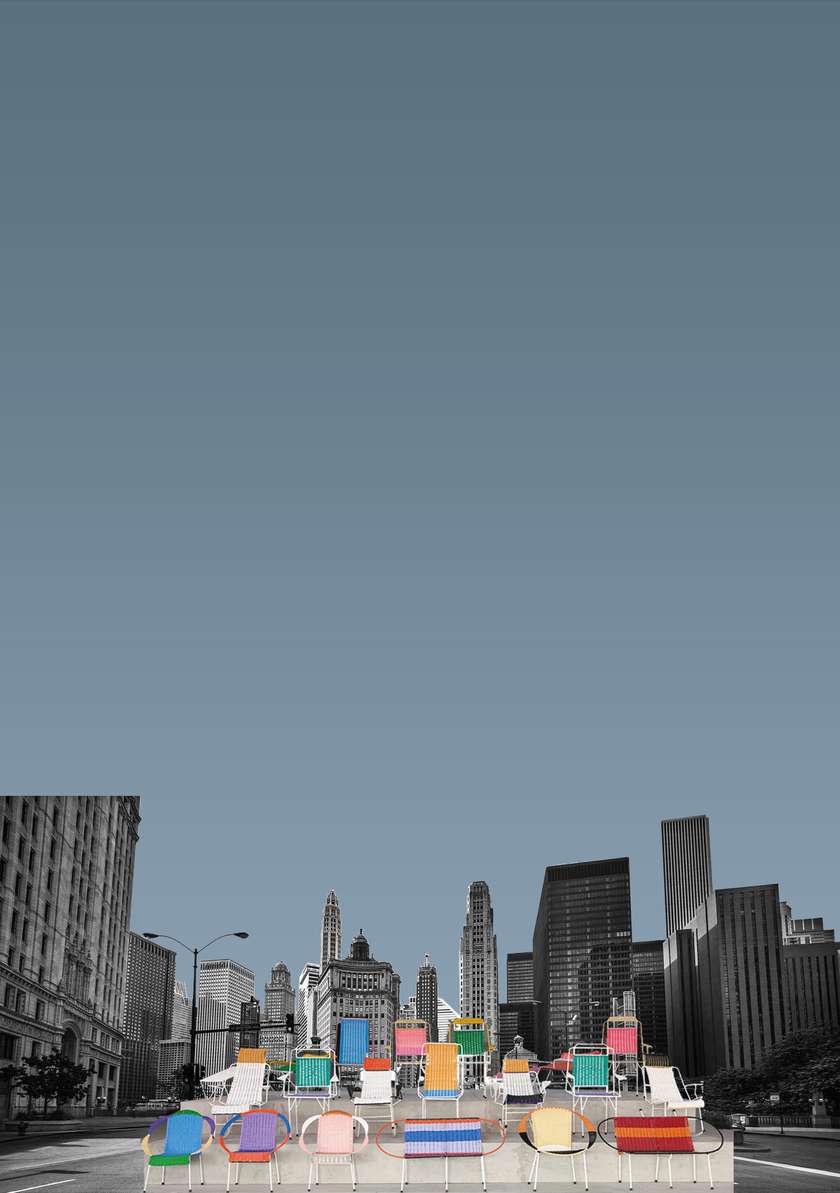
TAMED
To think to public space as an urban interior, a contiguous juxtaposition of room without a roof.
To made it cosy rather than commercial.
To experiment individual rhythms in collective configuration.
To pass from the boring and detached conformism to the beauty of the lost and found familiarity.
To give new meaning to the place through simple and familiar gesture.
To project between the choice and the chance.

CARE
To embrace a theory of gratitude to the earth and of the earth.
To preserve customs, myths and legends, restoring the ancient relationship with the land.
To prevent the present to be an object without value, the future a dump of the present problems, the past a container in ruins.
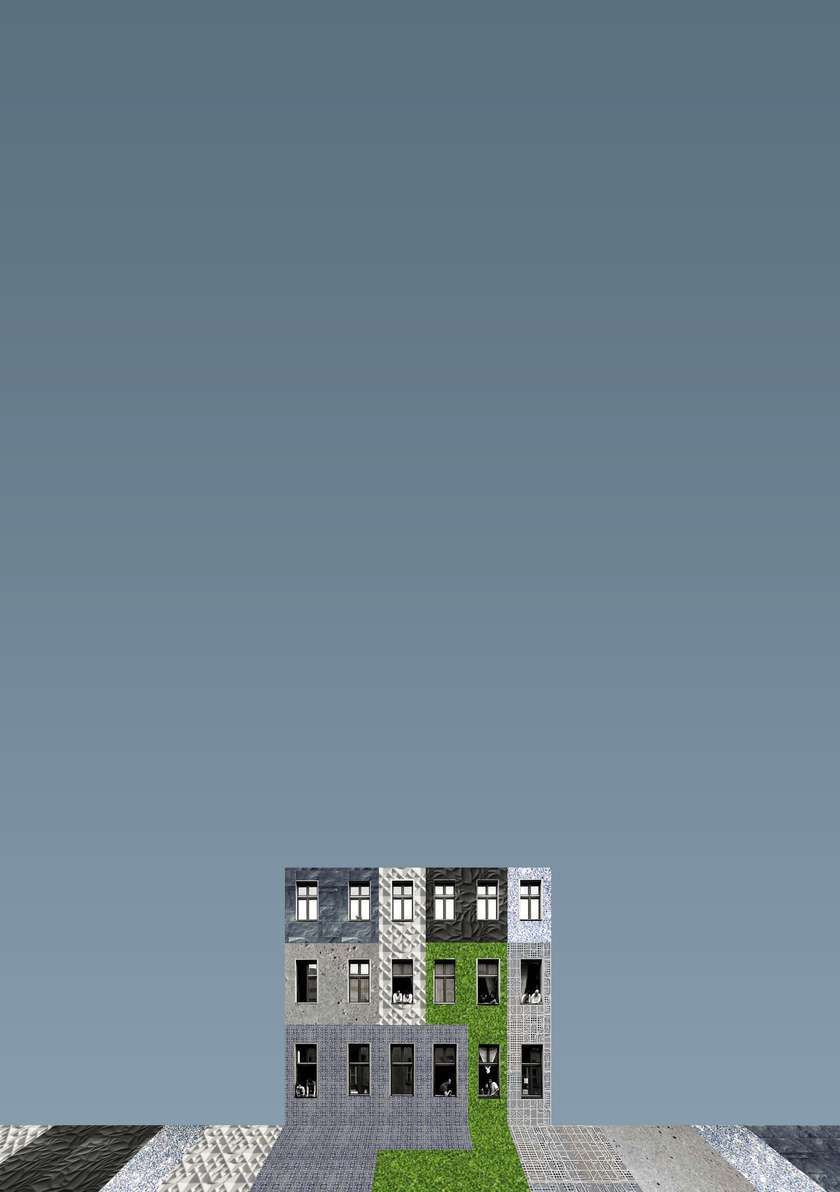
PERSONALIZE
To make a space personal but not private.
To consider the ornament not as a crime but as a mediator between objective science and subjective moral judgment.
To balance the individual will and collective sensitivity.
To communicate through architecture and not use it as a support for billboards.
To make the residents active and aware of the project and its meanings.
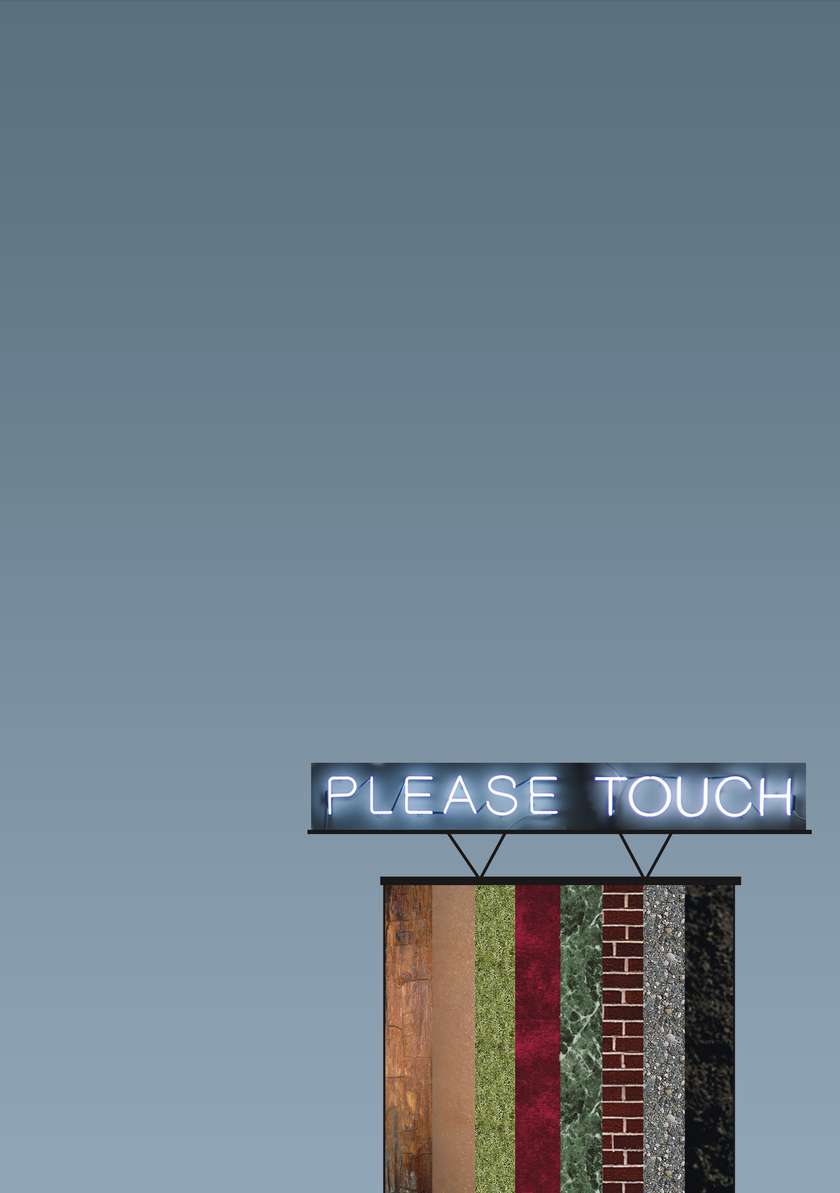
EXPERIENCE
To overcome the reduction of experience to a geometrical-functional matter or a principle were the important is to appear and not to be.
To rediscovery the environment not as a scenery to contemplate but to experience sensorially.
To set the human body to the center of the stage as a cognitive and material being immersed in the environment.
To embrace changes and overcome our physical and psychological limits.
To build spaces to accommodate actions rather than ban them.